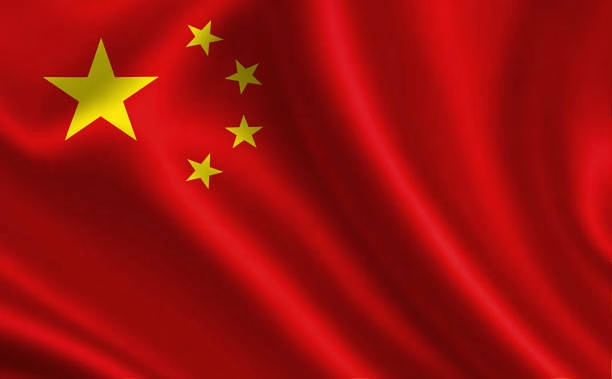How will New Zealand adapt as China’s dairy self-sufficiency reshapes global markets? Discover the impacts on global trade and New Zealand’s evolving export strategy.

Let us grasp the global dairy industry’s interdependence through a metaphor. Consider a row of dominos, each representing a significant industry participant. The first domino stands for China, the dairy demand domino; the second for New Zealand; and the third for whole milk powder (WMP), the dairy commodity domino. One domino falling sets off a chain reaction that topples every next domino. The market is the friction in this comparison, affecting the direction and pace of this response.
China’s remarkable achievement of self-sufficiency in milk production, a staggering 11 million metric tons from 2018 to 2023, has left an indelible mark on the global dairy industry. The nation’s diminishing WMP imports, dropping from an average of 670,000 metric tons (2018–2022) to a mere 430,000 metric tons in 2023, are a clear testament to this seismic shift.
New Zealand, the primary dairy exporter to China, now faces a daunting task. The nation must now seek alternative markets for the milk equivalent of approximately 150,000 metric tons of WMP. This search for import destinations, whether in the form of WMP, skim milk powder (SMP), milkfat, or cheese, is a significant endeavor. This volume, which is almost 1.3 million metric tons of milk, represents a substantial 6% of New Zealand’s annual milk supply.
This situation has undoubtedly sparked fierce competition among the current dairy-exporting countries, leading to below-average world milk powder prices. As we look ahead, the question looms: will China’s increased self-sufficiency act as a catalyst for dairy-deficient regions to follow suit, or will it create a market for imports that were previously out of reach?
Key Takeaways:
- China’s increased self-sufficiency in dairy production has significantly reshaped global dairy trade dynamics.
- New Zealand, a leading dairy exporter, is seeking new markets to offset reduced whole milk powder (WMP) demand from China.
- China’s WMP imports have fallen markedly, leading to heightened competition among global dairy exporters.
- New Zealand has adjusted its export strategy by increasing shipments of skim milk powder (SMP), butterfat, and cheese.
- China’s domestic dairy production growth has created both challenges and opportunities across the global dairy sector.
- Other dairy-exporting regions, particularly the EU and the US, are facing pressure due to New Zealand’s strategic export shifts.
- Potential future market dynamics include shorter supply chains, trade protectionism, and evolving demand patterns in dairy-deficient regions.
- Production costs, resource availability, and government policy are critical factors influencing China’s domestic dairy supply.











